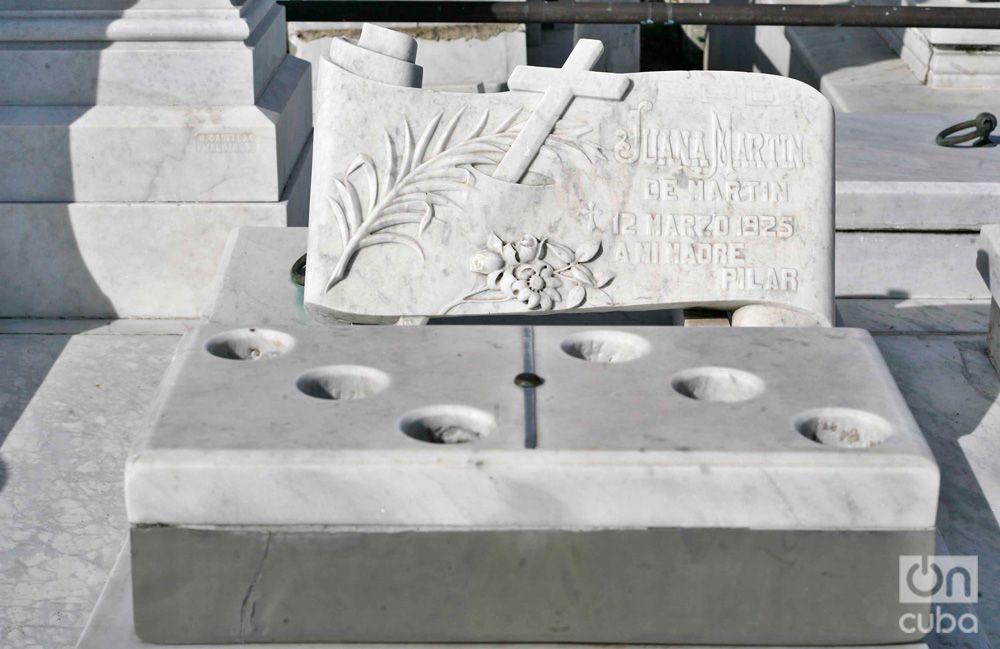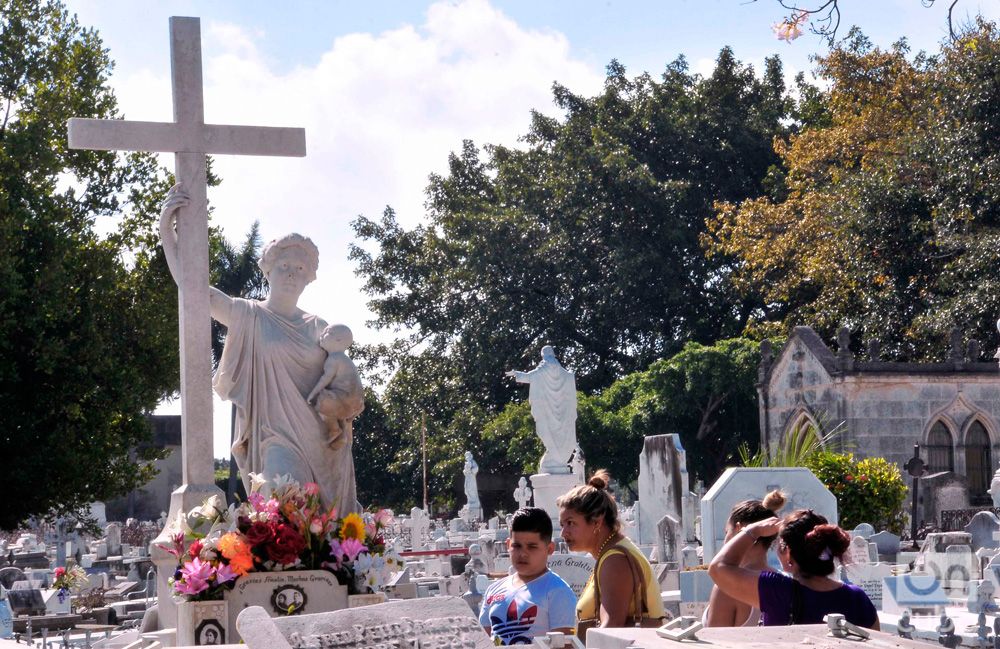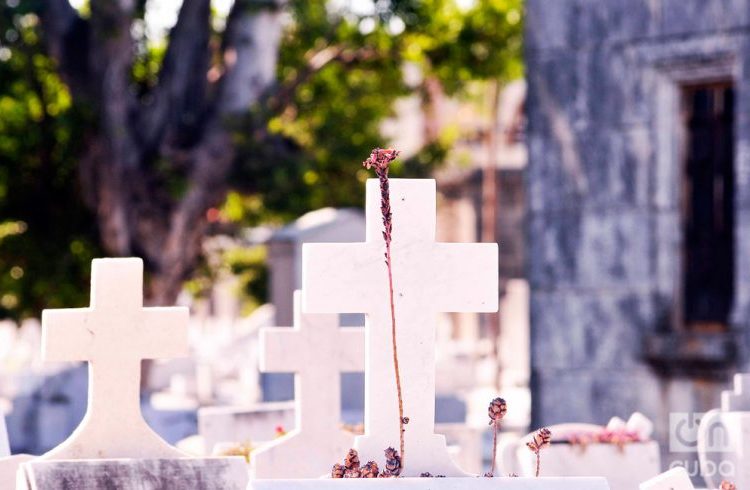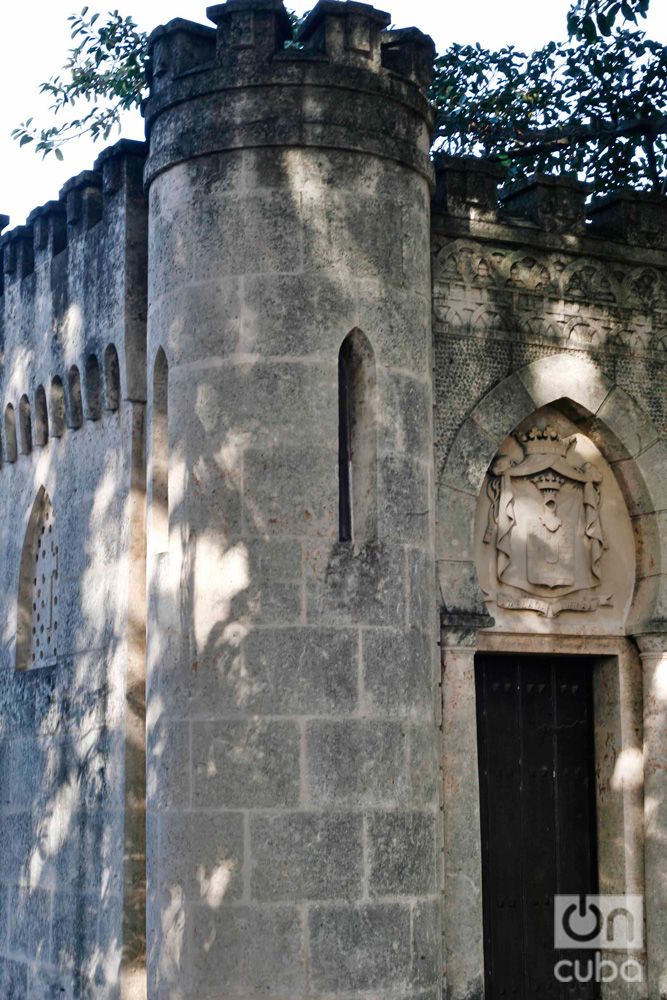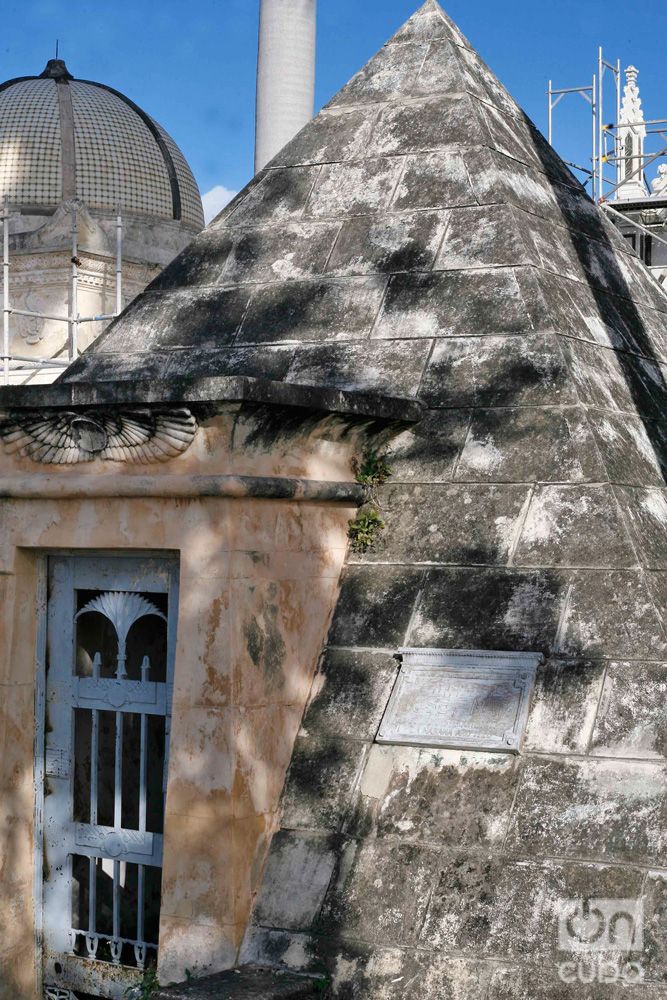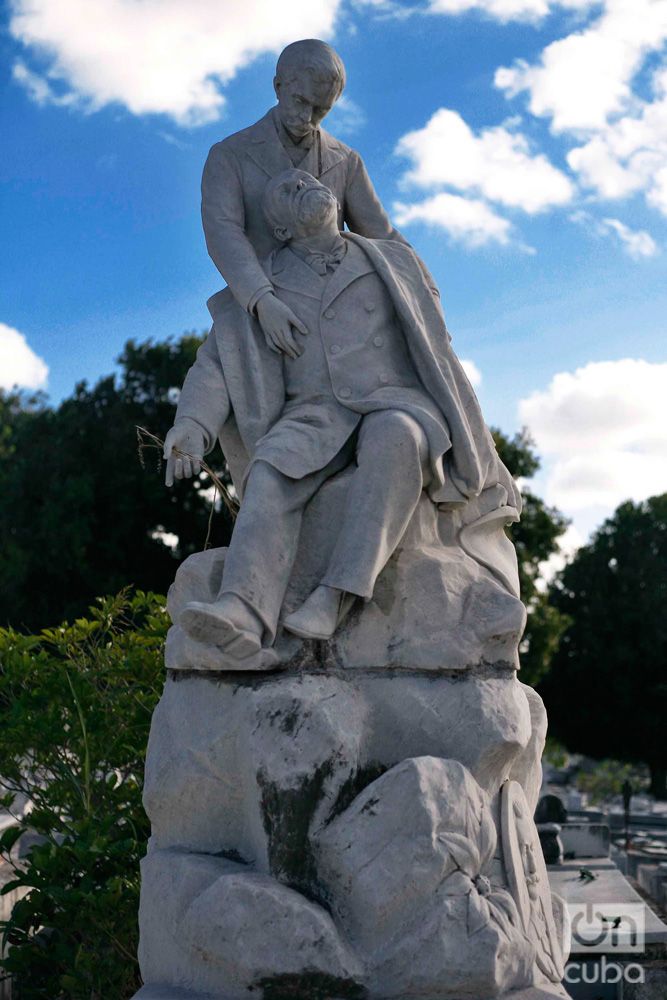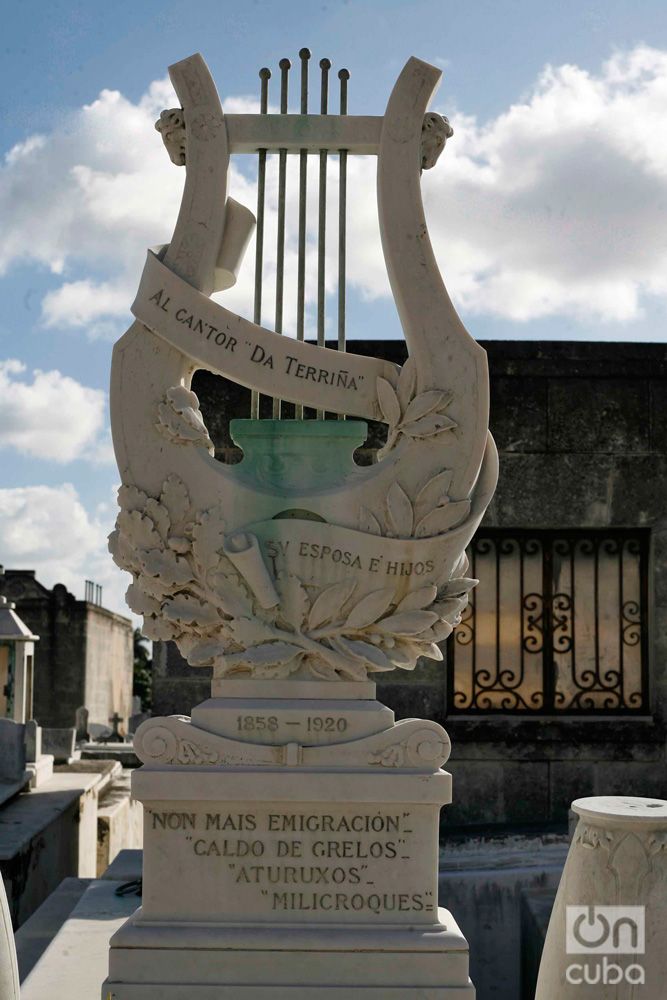Rumor has it that Colón’s tallest and most beautiful tomb has not been seen; that Calixto de Loira, the designer of the cemetery, had placed his niche above the main entrance and underneath the sculpture of the Three Theological Graces, so that he would not be crossed, not even after his death.
But the architect began the construction of the cemetery taking the extensive Tobias Gallery as starting point, where 526 niches were located, and –a coincidence– this 32-year-old Spaniard was the first to use the Gallery. His corpse was laid on September 29, 1872 in the niche #263 and it was transferred to an ossuary of the pantheon of the College of Architects of Havana years later.

Like any funerary city, the Cristóbal Colón cemetery combines different architectonic styles within its eclecticism. Many creators such as Florencio Gelabert, Juan Jose Sicre, Rita Longa, Teodoro Ramos Blanco and Fernando Boada left their imprint on the necropoliswith the arrival of the avant-gardes to the Cuban plastic arts panorama. Around 90 prominent sculptors exhibit their works in this cemetery that gathers 10,000 impressive sculptures, making it the largest open-air art museum in the world.
1. Imitation of a medieval castle, Terra Amblada near 1920. Photo: Luis Gabriel.
Imitation of a medieval castle, Terra Amblada near 1920. Photo: Luis Gabriel.
2. This small cemetery has been designed inside the cemetery with the classic gate and fences that limit the farms. 1920. Photo: Luis Gabriel.
This small cemetery has been designed inside the cemetery with the classic gate and fences that limit the farms. 1920. Photo: Luis Gabriel.
3. Pyramid dedicated to the outstanding architect Jose F. Mata, in 1926. Photo: Luis Gabriel.
Pyramid dedicated to the outstanding architect Jose F. Mata, in 1926. Photo: Luis Gabriel.

1. Tomb dedicated to José Raúl Capablanca, Cuban world champion of the “science game”, 1920. Photo: Luis Gabriel.
Tomb dedicated to José Raúl Capablanca, Cuban world champion of the “science game”, 1920. Photo: Luis Gabriel.
2. Paternal love, sculpture that holds in his hands the body of his father, 1920. Photo: Luis Gabriel.
Paternal love, sculpture that holds in his hands the body of his father, 1920. Photo: Luis Gabriel.
3. Monument "To the singer of the land", dedicated to the Galician emigrants in 1920. Photo: Luis Gabriel.
Monument "To the singer of the land", dedicated to the Galician emigrants in 1920. Photo: Luis Gabriel.
Its 57 hectares make it the largest cemetery in America and the third in the world. Every sculpture reveals the beautiful stillness of the holy field, from the monument to the Cuban chess player José Raúl Capablanca, in the form of a King piece, to the tomb of Amelia Goyri, La Milagrosa.
